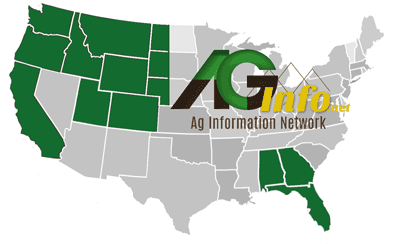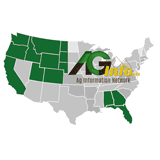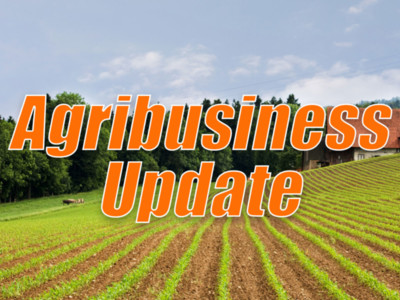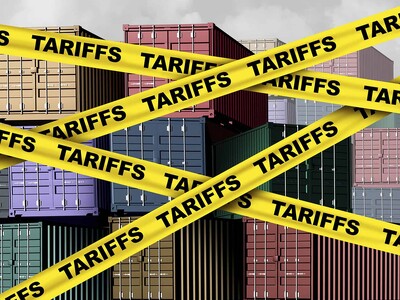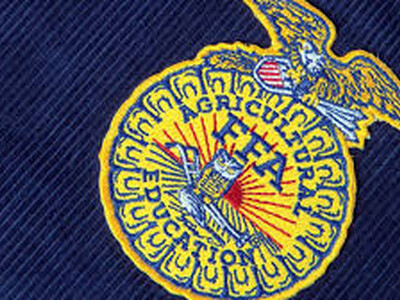3-29 IAT Seed Safety
ONE-PASS N APPLICATION SAVES FARMERS FUEL, TIME: The Ability to safely apply N in-row pays off for cereal grain farmers
Time and fuel represent two valuable assets for wheat farmers and management options and saving both resources is a must. Being able to apply nitrogen (N) in a seed-row application without harming your seedlings saves farmers both time and fuel. Alan Blaylock, Ph.D., Agronomy Manager for Agrium Advanced Technologies says “Improving seed safety on in-row applications usually results in time and/or fuel savings for farmers. This type of nitrogen feeds the crop when it needs it, thanks to its polymer coating technology. This coating allows water within the soil to move into the granule and dissolve the urea inside. The urea solution then moves out through the coating into the soil where it is available to the crop. The rate the urea solution moves out through the coating is determined by soil temperature and moisture. This provides the benefit of feeding the crop all season long. Being able to put the fertilizer in the plant row allows farmers to use the same opener for the seed and remove the other knives, creating less drag and improving fuel efficiency. This equipment was required because excessive conventional N harmed the seed. High salt and free ammonia prevented germination and burned small seedlings, causing stand loss. Growers were limited to an amount of N that could be applied using a single shoot system.”
Being able to safely apply higher rates allows many dry land wheat farmers to apply much or their entire N in one pass, eliminating future passes through the field, and further saving on fuel costs. Perhaps more importantly, it saves farmers valuable time.
